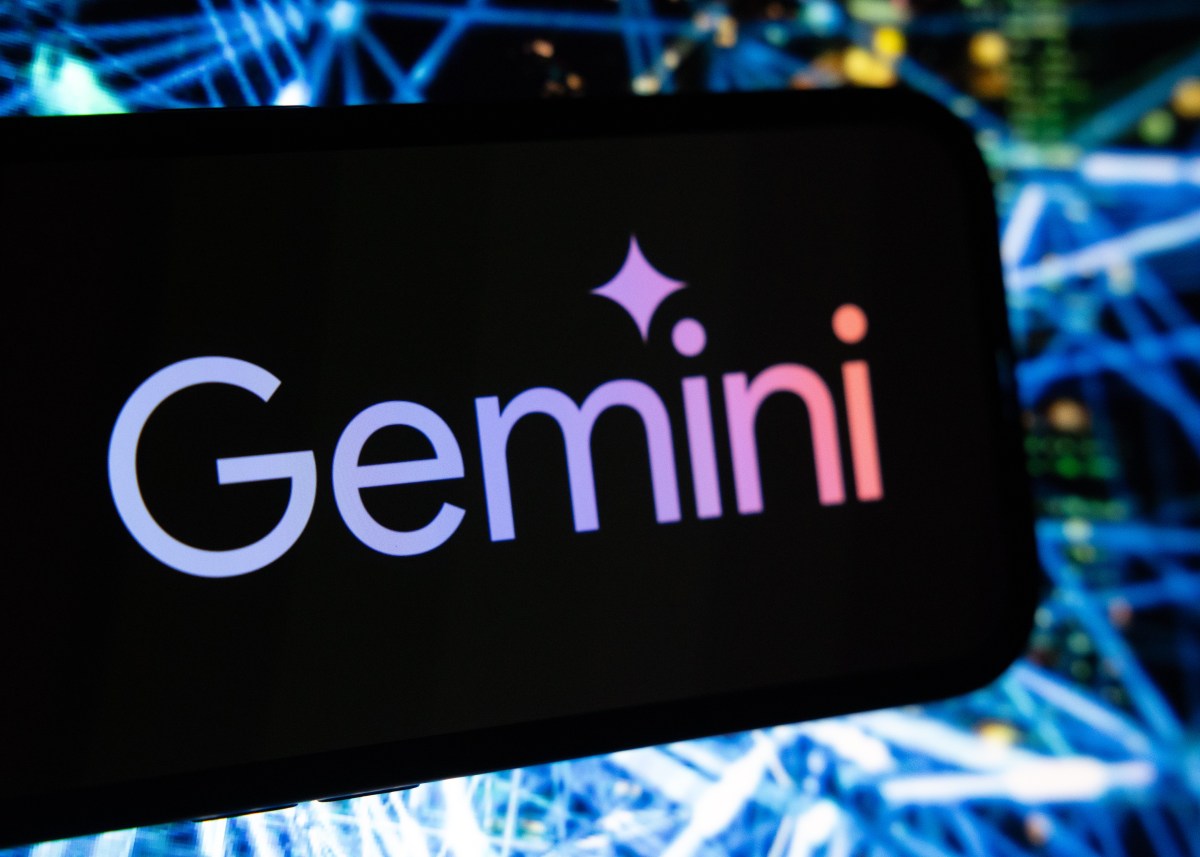Experts Critique Google’s Latest AI Model Report for Missing Crucial Safety Insights
On Thursday, Google unveiled a technical report on its newly launched AI model, Gemini 2.5 Pro, which is touted as the company’s most powerful offering to date. However, experts have expressed concerns regarding the report’s lack of comprehensive details, making it challenging to assess the potential risks associated with this advanced AI model.
Understanding Google’s Approach to AI Safety Reporting
Technical reports are vital resources that can reveal both positive and negative aspects of AI systems, often providing insights that companies may not openly share. The AI community generally views these reports as an essential part of promoting independent research and evaluating safety standards.
Google’s Unique Reporting Methodology
Google’s strategy for reporting on AI safety differs from that of its competitors. The company only releases technical reports once it deems a model has completed the “experimental” phase. Notably, the findings from all evaluations concerning the model’s “dangerous capabilities” are not included in these reports; instead, they are reserved for separate audits.
Experts have raised concerns about the limited information provided in the Gemini 2.5 Pro report. For instance, it notably omits any mention of Google’s Frontier Safety Framework (FSF), which was introduced last year to identify potential AI capabilities that could lead to severe harm. Peter Wildeford, co-founder of the Institute for AI Policy and Strategy, criticized the report’s minimal details, stating:
“This report is very sparse, contains minimal information, and came out weeks after the model was already available to the public. It’s impossible to verify if Google is living up to its public commitments and thus impossible to assess the safety and security of their models.”
Experts Voice Concerns Over Transparency
Thomas Woodside, co-founder of the Secure AI Project, expressed a cautious optimism about Google’s report but questioned the company’s commitment to timely safety evaluations. He pointed out that the last public record of dangerous capability tests was released in June 2024 for a model announced in February that same year.
Moreover, Google has yet to provide a report for Gemini 2.5 Flash, a smaller and more efficient model that was announced recently. A company spokesperson indicated that a report for this model is “coming soon.”
Woodside emphasized the importance of regular updates, stating:
“Those updates should include the results of evaluations for models that haven’t been publicly deployed yet, since those models could also pose serious risks.”
Industry-Wide Transparency Challenges
While Google was among the first AI labs to propose standardized reporting for models, it is not alone in facing criticism for insufficient transparency. Other major players, such as Meta and OpenAI, have also been accused of providing inadequate safety evaluations for their AI models, including Llama 4 and GPT-4.1, respectively.
Regulatory Commitments and Industry Implications
Google’s commitment to maintaining high standards in AI safety testing and reporting is under scrutiny. Two years ago, the company assured U.S. regulators that it would publish safety reports for all “significant” public AI models. This promise was echoed in commitments made to other countries, emphasizing the need for “public transparency” regarding AI products.
Kevin Bankston, a senior adviser on AI governance at the Center for Democracy and Technology, described the trend of vague and infrequent reports as a troubling “race to the bottom” in AI safety:
“Combined with reports that competing labs like OpenAI have shaved their safety testing time before release from months to days, this meager documentation for Google’s top AI model tells a troubling story of a race to the bottom on AI safety and transparency as companies rush their models to market.”
While Google asserts that it conducts extensive safety testing and “adversarial red teaming” before releasing its models, the recent report raises questions about the adequacy and transparency of these efforts.
For further exploration of AI safety practices, you can visit AI Policy Institute or check out Center for Democracy and Technology.







